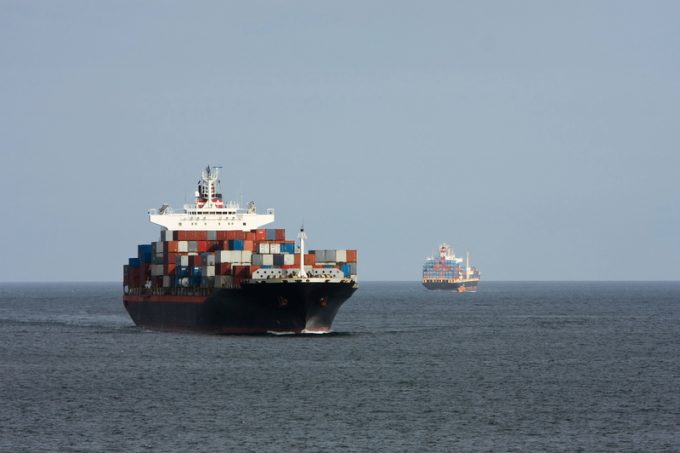Ocean Alliance suspends transpacific PSW11 service
Despite reports that some major US importers have decided to resume shipments out of China ...

An acute shortage in the availability of charter tonnage could force carriers to shelve their plans to launch new liner services this summer.
And a big hike in daily hire rates for container ships that do become available, combined with spiralling fuel prices, will force a rethink on the economics of the planned new and enhanced ventures.
In particular the hitherto workhorses of new service links, the classic panamax ships of 4,000-5,300 teu are “virtually sold out” according to the latest report ...
Maersk u-turn as port congestion increases across Northern Europe
Apple logistics chief Gal Dayan quits to join forwarding group
Maersk Air Cargo sees volumes fall as it aims for 'margin in favour of revenue'
Transpac rates hold firm as capacity is diverted to Asia-Europe lanes
Houthis tell Trump they will end attacks on Red Sea shipping
Airlines slash freighter capacity post-de minimis, but 'the worst is yet to come'
MSC revamps east-west network as alliance strategies on blanking vary
India-Pakistan 'tit-for-tat' cargo ban sparks sudden supply chain shocks

Comment on this article
Andy Lane
May 10, 2018 at 2:25 pmIf the CTS March and therefore 2018Q1 demand numbers are correct, then the 8.2% year-on-year deployed capacity growth will have resulted in far lower utilisation levels (for the industry as a whole). So I think that more services being added (unless March 2018 proves to be an outlier) is less likely than the withdrawal of services.
The reduced port-pair frequency due to the deployment of larger ships does not necessarily increase transhipment and feedering demand. However in a truly capacity constrained environment and when fuel prices are high, this can (and will) cause Lines to trim the tails of their networks and replace some direct calls with hub and spoke alternatives. That will naturally not be workable or possible if there is an insufficient fleet of vessels in the short years ahead.